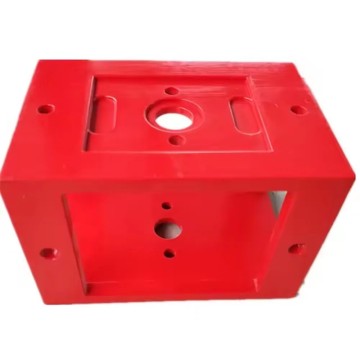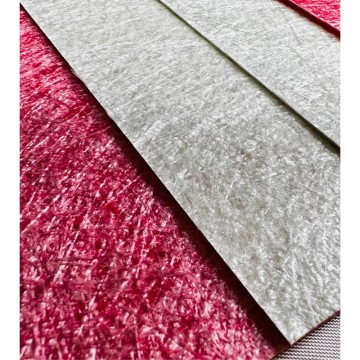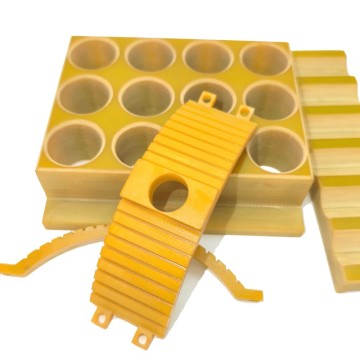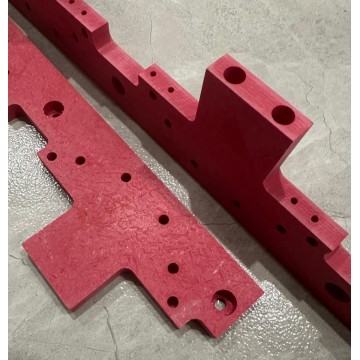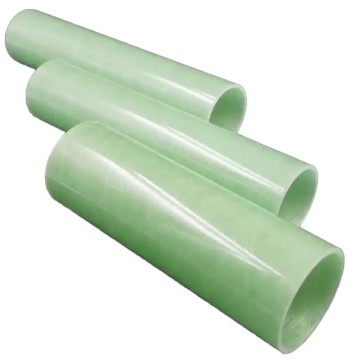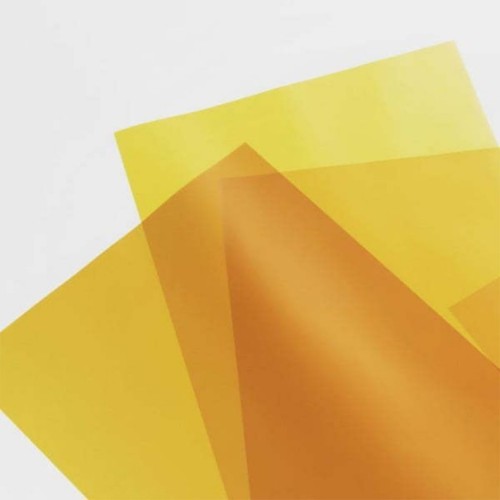
Polyimide Film Adhesive Tapes
- Min. Order:
- 1 Roll/Rolls
- Min. Order:
- 1 Roll/Rolls
- Transportation:
- Ocean, Land, Air, Express
- Port:
- Shenzhen, Guangzhou, Hongkong
Quantity:
Your message must be between 20 to 2000 characters
Contact NowBasic Info
Basic Info
| Supply Ability: | 1000 |
|---|---|
| Payment Type: | T/T,Paypal |
| Incoterm: | FOB,CFR,CIF,EXW,DDP,DDU |
| Transportation: | Ocean,Land,Air,Express |
| Port: | Shenzhen,Guangzhou,Hongkong |
Product Description
Product Description
Polyimide film (PolyimideFilm) is the world's best performance of film insulation materials, by the benzene tetracarboxylic acid dianhydride (PMDA) and diaminodiphenyl ether (ODA) in strong polar solvents by polycondensation and cast into a film and then imidisation.
High Temperature Resistant Electrical and Electronic Insulating Materials
English name (polyimide film; PI film), including benzene-type polyimide film and biphenyl polyimide film two categories. The former for the U.S. DuPont products, trade name Kapton, by the benzene tetraformic anhydride and diaminodiphenyl ether system. The latter is produced by Japan UBE Corporation, trade name Upilex, by biphenyl tetracarboxylic acid dianhydride and diphenyl ether diamine (R-type) or m-phenylenediamine (S-type) system.
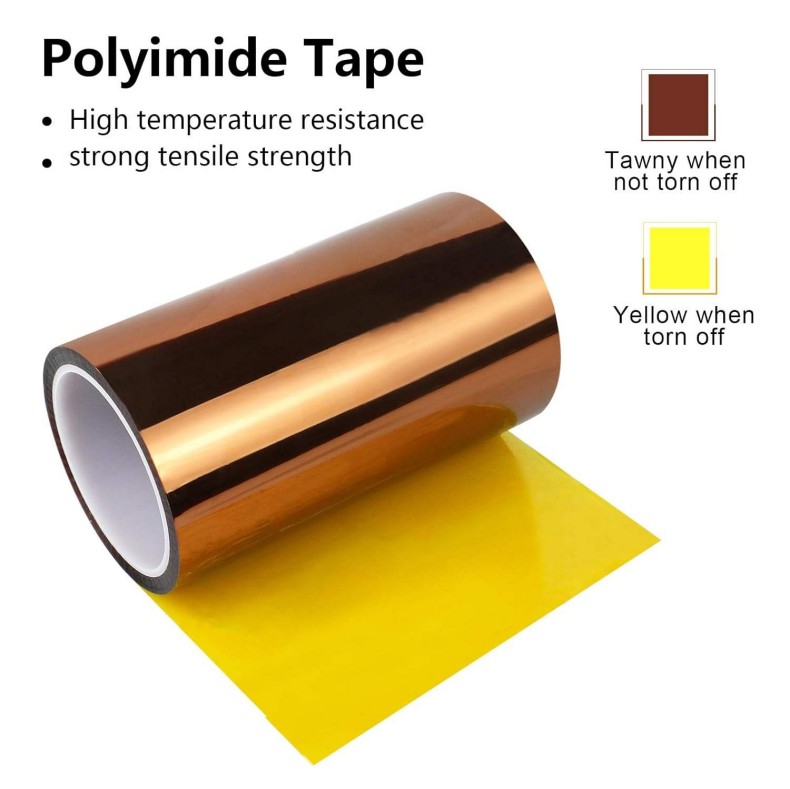
Polyimide Film
Characteristic
Yellow transparent, relative density 1.39 ~ 1.45, polyimide film has excellent resistance to high and low temperatures, electrical insulation, adhesion, radiation resistance, media resistance, can be used for a long time in the temperature range of -269 ° C to 280 ° C, a short period of time can be reached 400 ° C high temperature. Glass transition temperature of 280 ℃ (Upilex R), 385 ℃ (Kapton) and more than 500 ℃ (Upilex S). 20 ℃ tensile strength of 200 MPa, 200 ℃ is greater than 100 MPa. Especially suitable for use as a substrate for flexible printed circuit boards and a variety of high-temperature motor and electrical insulation materials.
Classification
Polyimide is usually divided into two categories.
Thermoplastic polyimide, such as imide films, coatings, fibres and modern microelectronics polyimide.
Thermosetting polyimide, mainly including bismaleimide (BMI) type and monomer reactant polymerisation (PMR) type polyimide and their respective modified products.BMI easy to process but brittle.
Film Classification
Including benzene-type polyimide film and biphenyl polyimide film two categories. The former for the United States DuPont products, trade name Kapton, by the benzene tetracarboxylic acid dianhydride and diphenyl ether diamine production. The latter is produced by Japan UBE Corporation, trade name Upilex, by biphenyl tetracarboxylic acid dianhydride and diphenyl ether diamine (R-type) or m-phenylenediamine (S-type) system.
Advantages of Polyimide
(1) Excellent heat resistance. Polyimide decomposition temperature is generally more than 500 ℃, sometimes even higher, is known to be one of the highest thermal stability of organic polymers, mainly because the molecular chain contains a large number of aromatic rings.
(2) Excellent mechanical properties. The tensile strength of the unreinforced matrix material are above 100MPa. The tensile strength of Kapton film prepared with homoanhydride is 170MPa, while biphenyl polyimide (Upilex S) can reach 400MPa. the modulus of elasticity of polyimide fibre can reach 500MPa, second only to carbon fibre.
(3) Good chemical stability and resistance to heat and humidity. Polyimide materials are generally insoluble in organic solvents, corrosion resistance, hydrolysis resistance. Change the molecular design can be obtained from different structural varieties. Some varieties withstand 2 atmospheric pressure, 120 ℃, 500h of boiling.
(4) Good radiation resistance. Polyimide film in 5 × 109rad dose radiation, the strength is still maintained 86%; some polyimide fibres by 1 × 1010rad fast electron radiation, its strength retention rate of 90%.
(5) Good dielectric properties. Dielectric constant is less than 3.5, if the introduction of fluorine atoms in the molecular chain, the dielectric constant can be reduced to 2.5 or so, dielectric loss of 10, dielectric strength of 100 to 300kV/mm, volume resistance of 1015-17Ω-cm. Therefore, the synthesis of fluorine-containing polyimide materials is a more popular research area.
The above properties are stable over a wide temperature range and frequency range. In addition, polyimide has the properties of low temperature resistance, low coefficient of expansion, flame retardant and good biocompatibility. Polyimide's excellent combination of properties and versatility in synthetic chemistry make it suitable for a wide range of applications.
Applications
Known as the ‘gold film’ polyimide film has excellent performance, it is widely used in space technology, F, H-class motor, electrical insulation, FPC (flexible printed circuit boards), PTC electric heating film, TAB (pressure-sensitive adhesive tape substrate), aerospace, aviation, computers, electromagnetic wire, transformers, stereo, mobile phones, computers, smelting, mining, electronic components, automotive, transport and other electrical and electronic industries, Atomic energy industry and other electronic and electrical industries.
Application Fields
(1) Film: polyimide is one of the earliest commodities, used for motor slot insulation and cable winding materials. The main products are DuPont's Kapton, Japan's Upilex series of UBE and Apical of Zhong Yuan. Transparent polyimide film can be used as a flexible solar cell substrate.
(2) Coatings: Used as insulating varnish for electromagnetic wires, or as high temperature resistant coatings.
(3) Matrix resin for advanced composite materials: used for structural or functional parts of aerospace and aviation vehicles, as well as parts of rockets and missiles, etc. It is one of the most high-temperature-resistant structural materials.
(4) Fibre: polyimide fibre modulus of elasticity second only to carbon fibre, can be used as a high temperature medium and radioactive material filtration materials and bullet-proof fire fabrics.
(5) Foam: can be used as heat-resistant insulation materials.
(6) Engineering plastics: thermosetting and thermoplastic, can be moulded or injection moulding or transfer moulding (RTM), mainly used for self-lubricating, sealing, insulation and structural materials. In addition, polyimide can also be used as a high-temperature environment of the adhesive, separation film, photoresist, dielectric buffer layer, liquid crystal orientation agent, electric - optical materials, etc.
Current status
As a special engineering material, polyimide has been widely used in aviation, aerospace, electrical/electronic, microelectronics, nano, liquid crystal, separation film, laser, locomotive, automotive, precision machinery and automatic office machinery. Recently, countries are including the research, development and use of polyimide in the 21st century, one of the most promising engineering plastics. Polyimide, because of its outstanding features in performance and synthesis, whether as a structural material or as a functional material, its huge application prospects have been fully recognised, known as the ‘problem solver’ (protion solver), and that ‘there is no polyimide will not have today's microelectronics technology’. In a large number of polymer materials, only six in the United States Chemical Abstracts (CA) in the separate title, polyimide is one of them. Polyimide is one of them. This shows that polyimide has a very important significance in technology and business. With the IT industry, flat panel display industry, photovoltaic industry and other emerging and prosperous development, will inevitably lead to the development of related supporting materials and the growth of market demand. Electronic engineering (electronic grade) polyimide film as a printed circuit boards, integrated circuits, flat panel displays, solar cells, electronic labels and other important materials, more and more in the application of the above electronic products play a very important role.
Polyimide prospects
Polyimide as a promising polymer materials have been fully recognised, in the insulation materials and structural materials are expanding the application. It is emerging as a functional material, and its potential is still being explored. However, after 40 years of development, it has not yet become a larger variety, the main reason is that, compared with other polymers, the cost is still too high. Therefore, one of the main directions of future polyimide research should still be in the monomer synthesis and polymerisation methods to find ways to reduce costs.
PI film future development
PI film in accordance with the use of general insulation and heat-resistant for the purpose of electrical grade as well as electronic grade with requirements such as flexibility of the two categories. Electrical grade PI film because of the lower requirements of the domestic has been able to mass production and performance and foreign products do not have a significant difference; electronic grade PI film is with the development of FCCL and the emergence of the largest application areas of the PI film, in addition to maintaining the excellent physical and mechanical properties of the electrical class PI film, the coefficient of thermal expansion of the film, the face of the anisotropy (thickness uniformity) put forward a more stringent requirements. The future still need to import a large number of electronic grade PI film, the reason is that the domestic PI film in the performance of the imported PI film there is a certain gap, can not meet the requirements of FCCL high-end products. In predicting future market prices, the pricing power of electronic grade PI film has long been by DuPont, Zhong Yuan company in control, but in recent years, with South Korea SKC and KOLON two companies to join the restructuring of the respective, as well as the impact of the economic crisis on the export of electronic products, the price of the product has also been reduced, but the electronic grade PI film is still there is a higher profit margins.
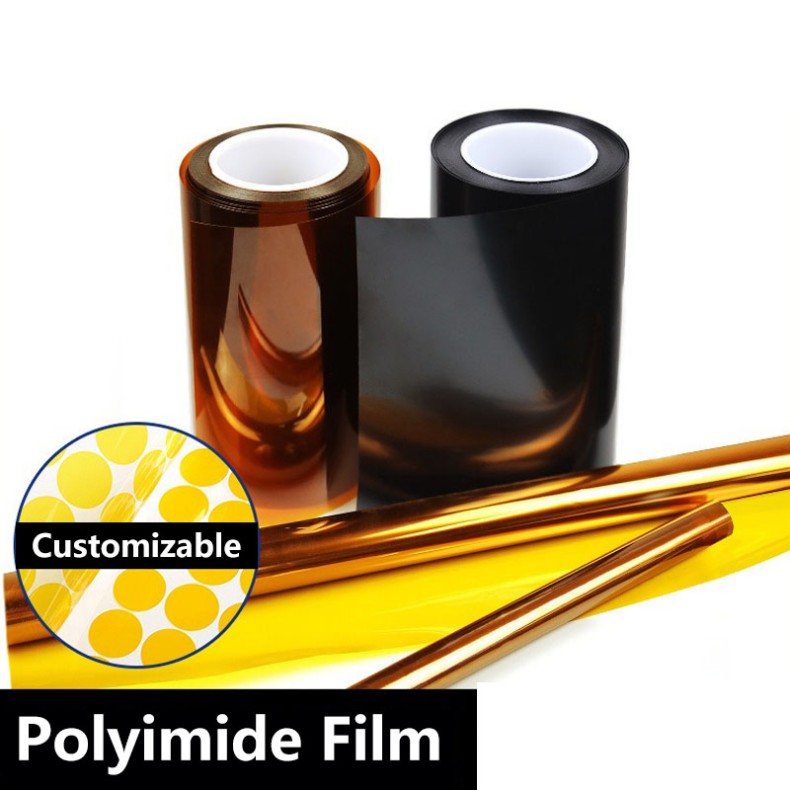
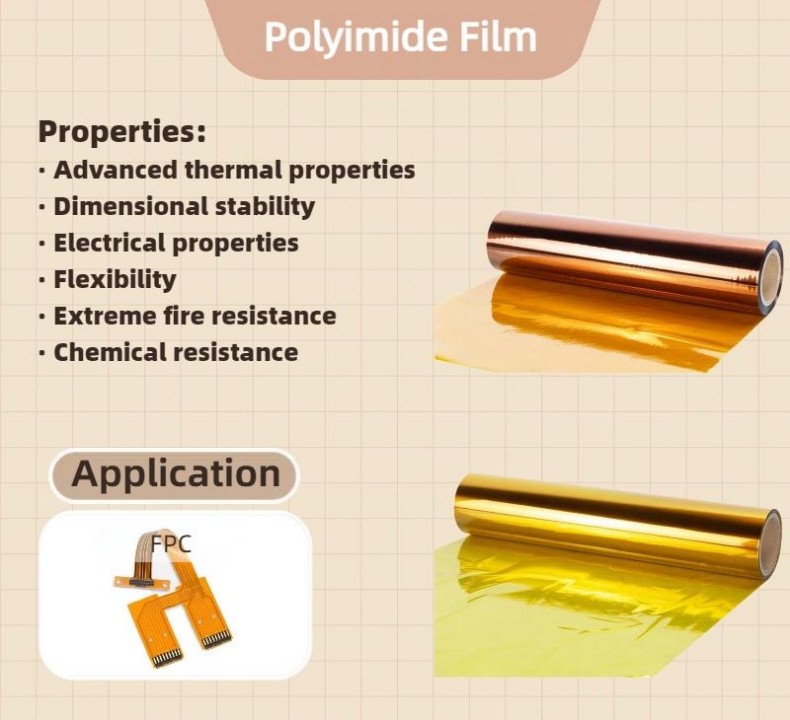
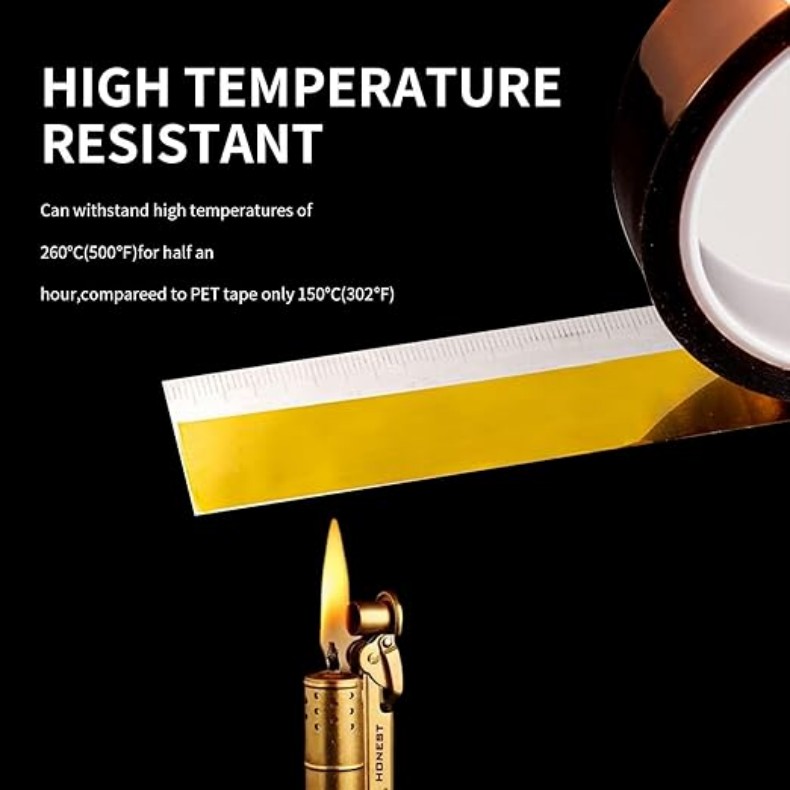
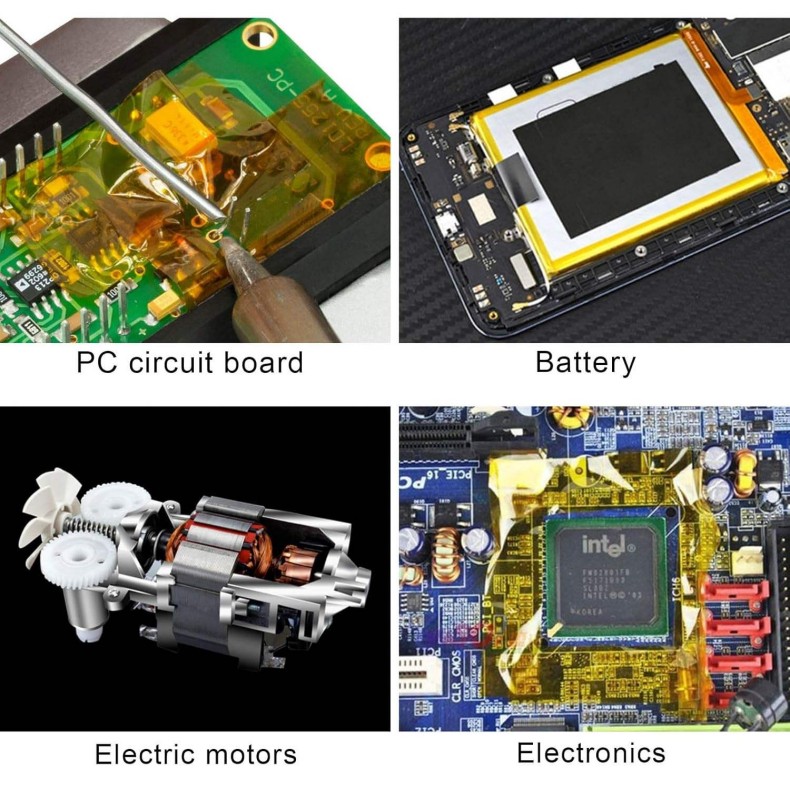

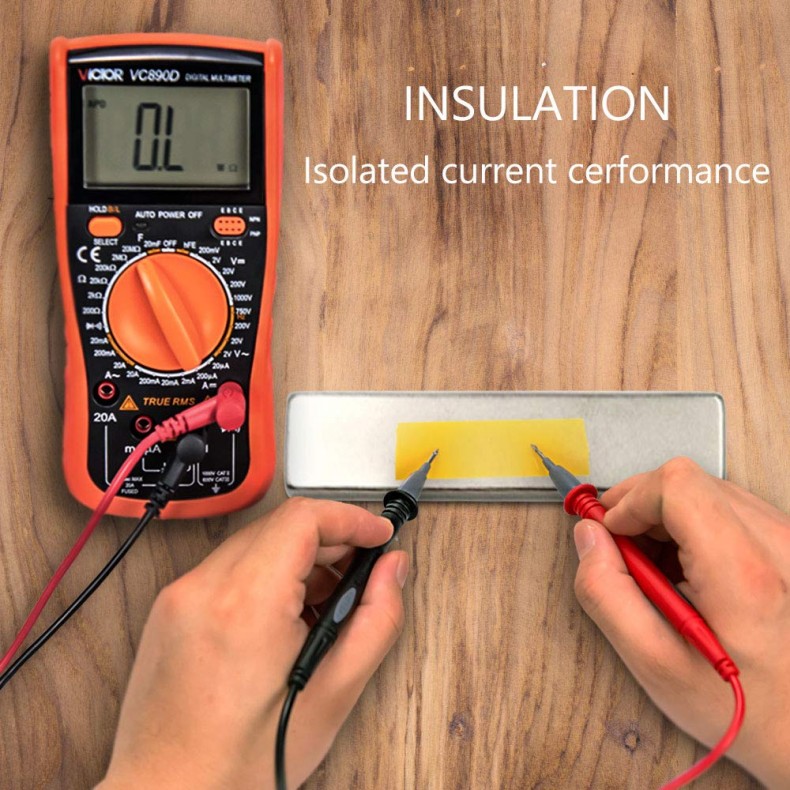

Related Keywords
Related Keywords










